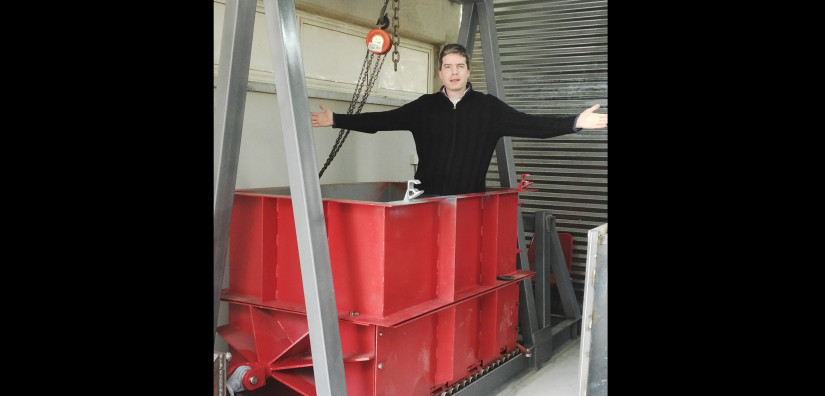Mechanical Stabilisation

Mechanical stabilisation.
Tensar knew that their geogrid products did more than just reinforce aggregates; in fact, they actually improve their properties by means of mechanical stabilisation. They had the evidence but no direct way of characterising or measuring this effect. This meant it could not be represented accurately in FEA models in spite of the increasing use of these advanced analysis tools in design.
A large triaxial compression test procedure was developed to measure the composite properties of aggregate and stabilising geogrid. A triaxial compression test is a laboratory technique used to determine the mechanical properties of soil and other materials under different stress conditions. It involves subjecting a cylindrical sample to controlled axial, radial, and confining pressures while measuring the resulting changes in the sample's dimensions and behavior. By utilizing this test method, Tensar aimed to assess the combined attributes of aggregates and stabilizing geogrid in a more precise manner.
The outcomes of this test provided a deeper understanding of the composite material's shear strength and behavior, which could then be accurately incorporated into FEA models. This provided an enhanced shear strength that could be represented in FEA models giving more accurate predictions of performance.
Highlights
- Study of Tensar's existing Research & Development and literature review to establish the state of the art regarding mechanical stabilisation.
- Design and construction of large triaxial testing rig with new test procedure to measure mechanical stabilisation of aggregates.
- Establish peer-reviewed procedure to characterise mechanical stabilisation in Finite Element Analysis models.
- Use the new FEA procedure to gain insights into Tensar applications and propose improvements to design methods.
Want to learn how FEA can be used to assist design for ambitious architectural projects? Read this case study next.


